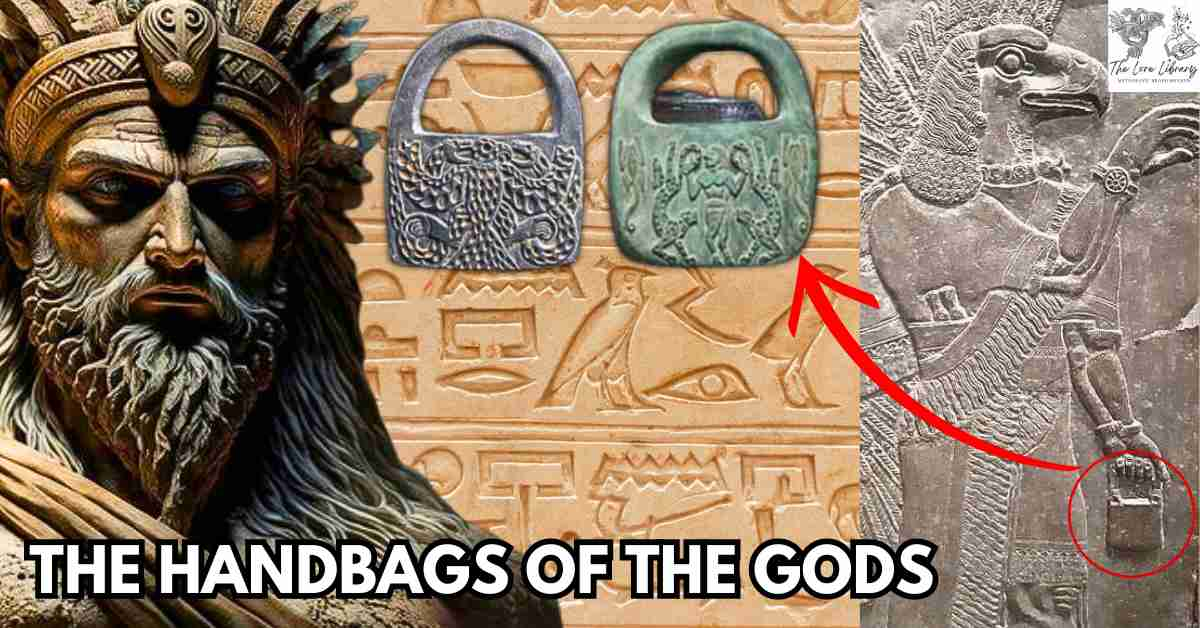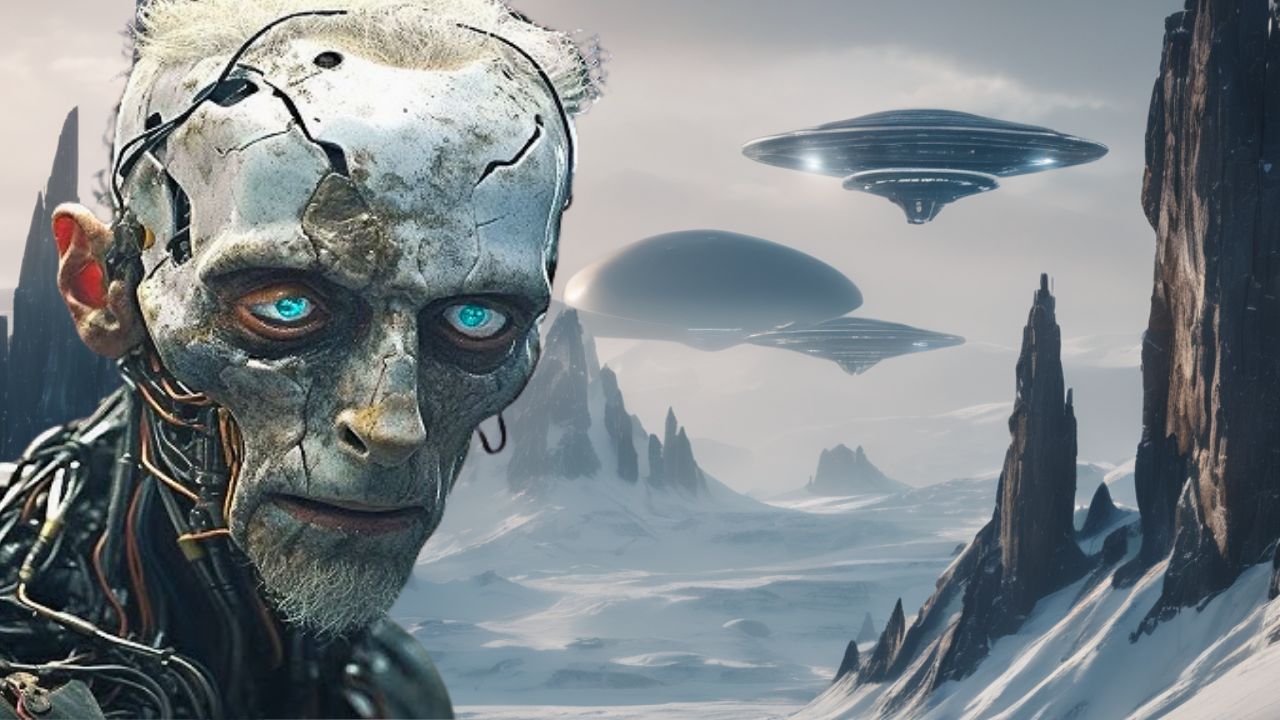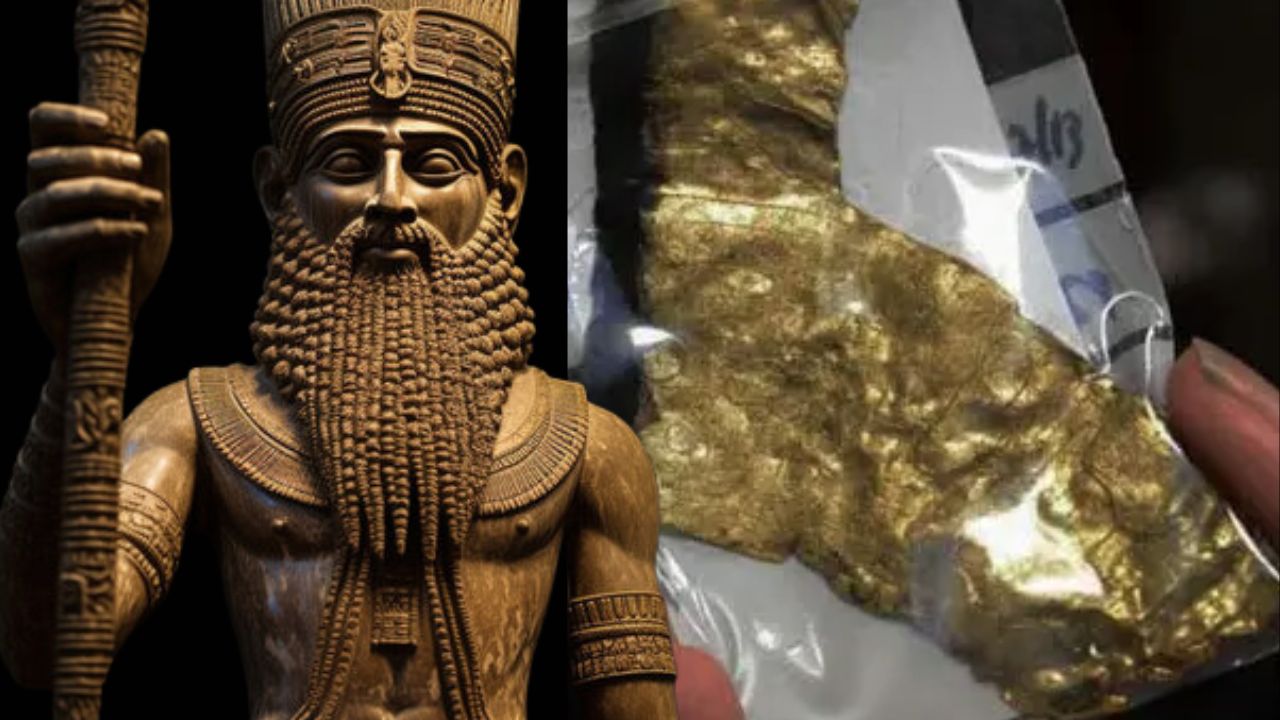At first glance, it may seem ordinary enough – a simple handbag symbol appearing in the carving of an ancient culture. And yet, take a step back, and realize that the handbags of the gods symbol appear in works from Mesopotamia to Mesoamerica, Asia and Africa, Europe and North America, even on islands in the middle of the ocean.
What are these handbags, and why are they depicted again and again in cultures separated by centuries and thousands of miles, cultures that never came in contact with each other, and in most cases, were not even aware of each other’s existence? The question has puzzled archaeologists for generations.
Theories Attempting to Explain the Handbags of the Gods
Of course, the simplest explanation, and the one usually proposed, is that there is no mystery at all – the handbag carvings are exactly that, mundane carvings of simple handbags, not anything special or mysterious.
The Cosmos Theory
Some believe that there is a deeper meaning behind the handbag carvings, that in fact, they represent an ancient depiction of the cosmos. In this theory, the semi-circle which appears as the bag’s handle represents the hemisphere of the sky, while the solid square base underneath, the body of the bag, represents the Earth.
The Time Traveler Theory
For some, the handbags do not look like any old bag, but like the modern designer handbags, you see today. This has led to the emergence of the theory that they look like modern designer handbags because, well, they are… held in the hands of time travelers who visited ancient civilizations.
The Advanced Ancient Civilization Theory
Recently, an answer has emerged, one which not only explains what the handbags of the gods are and why they appear across cultures, but which changes everything we thought we knew about human history.
The Myths of Knowledge Bearers and Handbags of the Gods Symbols
To understand this theory, we must begin by looking closer at some of the individual handbag carvings found in diverse cultures around the world, and looking not at the handbags, but who is holding them.
Quetzalcoatl and the Olmecs
According to ancient Mesoamerican myth, Quetzalcoatl was a figure who appeared sometime deep in the ancient past and taught the primitive inhabitants of the region advanced knowledge and skills like agriculture, engineering, laws, and religion, in effect, becoming the founder of all ancient Central and South American civilizations.
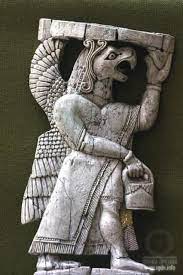
The Assyrian Tree of Life
Meanwhile, look again at the figures in the Assyrian relief who stand around the Tree of Life holding handbags. Note first that the Tree of Life itself is one of the most important motifs in ancient Assyrian art…But look closer, and notice what else the figures are holding in their hands – pinecones.
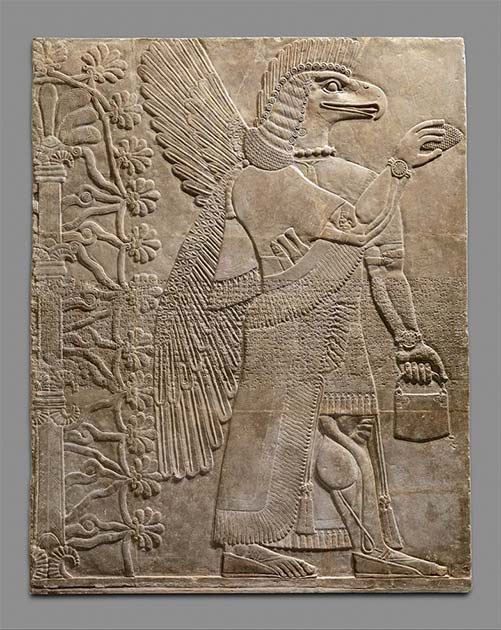
Shiva and Hindu Traditions
Jump to India, and note the handbag carving at the Hindu Brihadeeswarar Temple. Who is seated in front of the handbag? That would be Shiva, considered the supreme god in Hinduism. According to Hindu tradition, Shiva was the first deity to arrive on Earth, the god who creates, protects, and transforms the universe, the creator of all things.
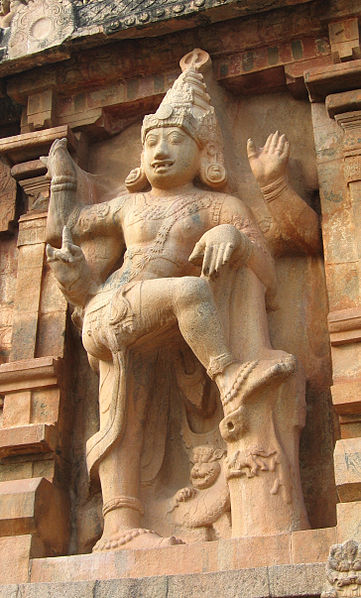
Handbags of the Gods at the Island of Sumba
Or, look to Indonesia and the island of Sumba, where the handbag appears as a depiction of Panji. In Indonesian tradition, Panji is the hero of a series of stories collectively known as the Panji Tales, a significant influencer of Indonesian culture for centuries. Within the stories, Panji completes deeds that are traditionally ascribed to mythical ancestors.
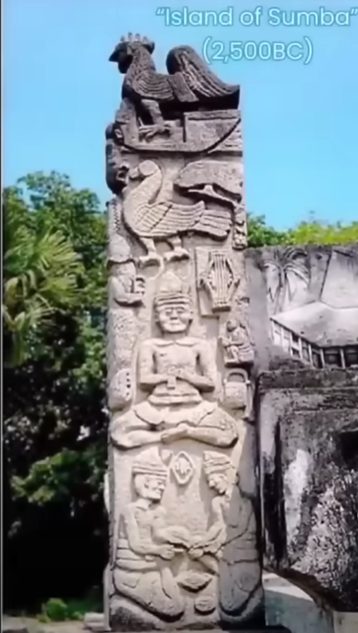
The Fish-God Oannes and Seven Sages
We can even return to the work of the Assyrians, and note that the figures depicted around the Tree of Life are not the only place where handbags appear. Often, they are seen being held by the fish-god Oannes, a seminal figure who exists under different names across Mesopotamian cultures and traditions. According to myth, Oannes was a figure who appeared sometime deep in the ancient past and taught primitive Mesopotamians advanced knowledge, constructing the earliest foundations of civilization.
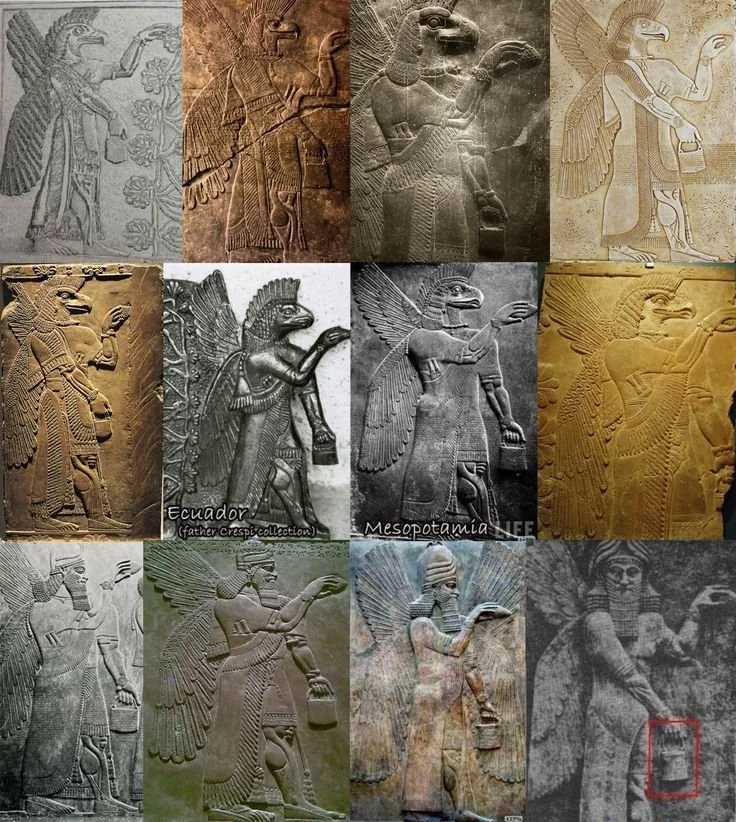
Graham Hancock’s Theory of an Ancient Advanced Civilization
For Graham Hancock, it started the same way it did for all of us, with the realization that the same handbag symbol kept appearing in cultures around the world…Incredibly, Hancock realized that these Seven Sages had almost always been depicted holding the infamous handbag.
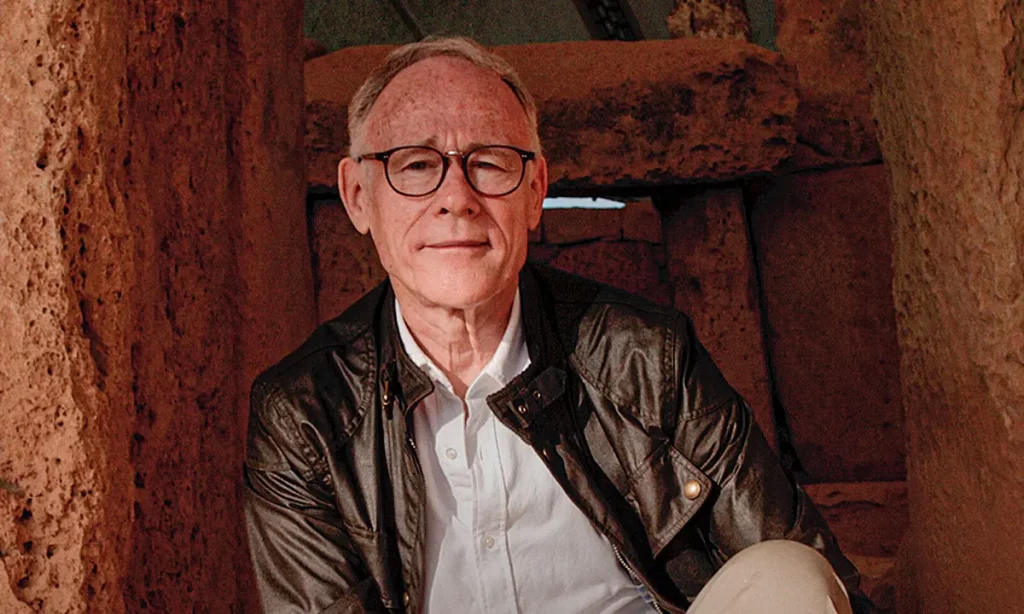
According to Berossos, the Seven Sages had come to Mesopotamia at a time when the early humans who existed in the region “lived in a lawless manner, like beasts of the field.” They brought these primitive humans advanced knowledge…in short, [the Seven Sages] instructed them in everything which could tend to soften manners and humanize mankind.”
Hancock began to wonder if perhaps the handbags these Seven Sages were consistently portrayed holding might be some sort of identifier, like a badge, for these knowledge bearers. As he wrote, “Could these containers be the symbols of office of an initiative brotherhood — far traveled and deeply ancient, with roots reaching back into the remotest prehistory?”
The Survivors of the Flood and Founding New Civilizations
Hancock again returned to the ancient story of Oannes and the Seven Sages…Before the flood can take place, Enlil’s brother Enki warns one man, Zisudra, instructing him to build a boat to weather the flood and take upon it his friends and family. Critically, before taking refuge on his boat, Zisudra is instructed to bury tablets containing all human knowledge in “Sippar, the city of the sun.”
…And so, the survivors of this ancient civilization founded by the Seven Sages and destroyed by flood spread out across the world with these tablets of knowledge to help civilization rise again, the disciples of the Seven Sages becoming, in effect, a new generation of sages “of human descent.”
Is it possible that these stories are a record from ancient peoples about the survivors of an even older civilization showing up and teaching them? Is this why figures across the world who are said to have brought knowledge and civilization to primitive peoples are consistently depicted with the same handbag because they all came from the same place? Could these handbags have represented the tablets of knowledge spoken about in the Assyrian texts?
Gobekli Tepe – The Pillars of an Ancient Comet Strike
We must return to Gobekli Tepe, the oldest place yet discovered where handbag carvings appear, and the place where humanity’s transition from hunter-gatherers to settled civilization was first beginning.
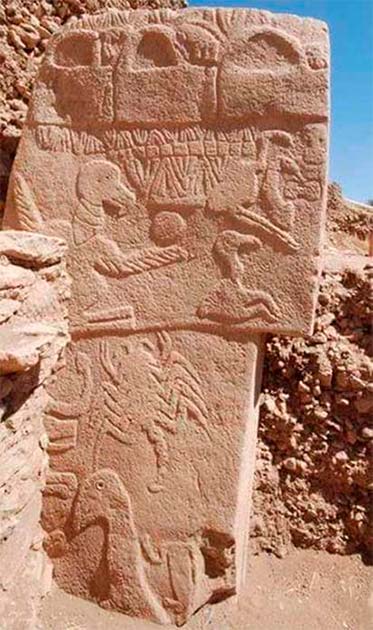
…Shockingly, when Sweatman and Tsikritsis looked for a time in history when the constellations would have appeared as they were arranged on Pillar 43, they came up with the year 10,950 BCE – exactly when the Younger Dryas event was taking place.
Could the Handbags of the Gods Represent the Ancient Knowledge Bearers?
Suppose the creators of Gobekli Tepe were memorializing their survival of Younger Dryas with detailed carvings and precise astronomical measurements at a massive megalithic site. In that case, this means there was an ancient civilization that existed before Younger Dryas capable of doing these things.
Look again at the handbags at the top of the Pillar 43 carving. Could these represent the survivors of Younger Dryas, those members of an older race beginning civilization again after a cataclysm, before spreading out with their advanced ancient knowledge and reestablishing civilization all over the world?
And could Graham Hancock be correct, that the evidence of these ancient knowledge bearers is contained within the handbag carvings found across cultures?
References-:
- Fingerprints of the Gods – https://grahamhancock.com/fingerprints/
- Magicians of the Gods – https://grahamhancock.com/magicians/
- Göbekli Tepe Archaeological Site – UNESCO World Heritage – https://whc.unesco.org/en/list/1572/
Shop amazing Anunnaki Merchandise at our store, Follow us on Facebook, Instagram, And For More Interesting Content Also Subscribe To Our Youtube Channel.




